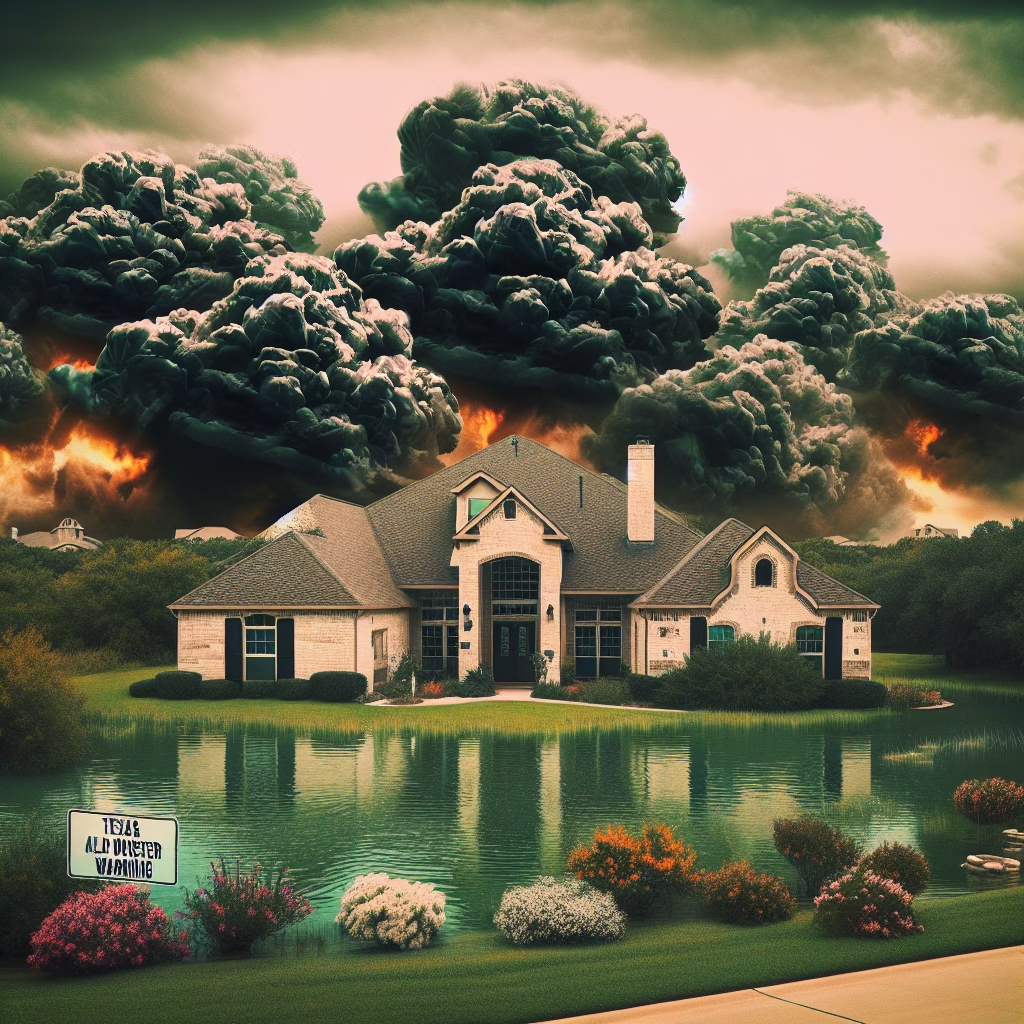When it comes to natural disasters, the Texas floods have emerged as the drama queens of the weather world. With their ability to transform peaceful neighborhoods into aquatic playgrounds, these floods bring both chaos and a splash of humor to our lives. Yet, as we navigate the often murky waters of disaster preparedness and response, we find that issuing disaster warnings about imminent danger isn’t as straightforward as one might think.
The Art of Warning: A Balancing Act
Imagine this: you’re lounging on your couch, indulging in a Netflix binge when suddenly your phone buzzes like a hyperactive squirrel. It’s an alert about rising waters! Your heart races as you ponder whether to dive into action or just turn up the volume. This scenario highlights the complexity of flood warnings in Texas, where the line between alarmist panic and genuine concern is as blurry as the floodwaters themselves.
Experts agree that clear communication is essential during these crises. However, translating technical jargon into relatable warnings can feel like trying to teach a cat to fetch. People often tune out if they perceive the alerts as exaggerated or just plain boring. In fact, studies show that too many alerts can lead to what’s known as “alert fatigue,” where residents start ignoring notifications altogether. Imagine getting so many emails from a store that you miss out on a great sale because you thought it was spam!
Understanding Flood Risk: It’s Not Just About Rain
Floods are like that unexpected guest at a party who shows up uninvited and drinks all your soda. They can occur due to various reasons beyond just heavy rainfall—think snowmelt, dam failures, or even poor drainage systems that scream for help. In Texas, where the weather can be as unpredictable as a toddler with a sugar high, understanding flood risk is crucial.
Residents are encouraged to familiarize themselves with their local flood zones. Yes, this means pulling out that dusty map you haven’t looked at since you moved in! Knowing if your home sits in a flood-prone area can save you from making last-minute decisions about how many floaties you need for your family.
Preparedness: The Key to Staying Afloat
While we can’t control Mother Nature (seriously, she’s on her own schedule), we can certainly prepare for her curveballs. Creating an emergency kit is akin to packing for a surprise vacation—only this trip could involve less sunbathing and more floating on inflatable unicorns.
Your kit should include essentials like:
- Water
- Non-perishable food
- Flashlights
- Batteries
- First aid supplies
- Important documents in a waterproof bag
These items are everything you’d need for a weekend camping trip with no access to Wi-Fi. And don’t forget important documents! Storing them in a waterproof bag ensures they don’t float away when the water rises.
The Role of Technology in Disaster Warnings
In our tech-savvy world, smartphones play a pivotal role in keeping us informed during disasters like floods. Apps that provide real-time weather updates and alerts are essential tools in our modern survival toolkit. However, let’s face it: if you’re going to rely on technology during a crisis, make sure your phone is charged! There’s nothing worse than realizing your lifeline to safety has died right when you need it most.
Moreover, social media has transformed how information spreads during emergencies. Platforms like Twitter can be lifelines for updates and community support—just remember to separate fact from fiction; not everything trending is true (looking at you, viral cat videos!).
Community Response: Strength in Numbers
The aftermath of flooding often highlights the importance of community response. Neighbors helping neighbors is not only heartwarming but also practical when faced with rising waters. Local organizations frequently step up to provide assistance, making it clear that while floods may divide streets, they also unite communities.
Organizing local meetings before disaster strikes can foster relationships and build trust within neighborhoods. When everyone knows each other’s strengths—be it carpentry skills or cooking prowess—it makes coordinating relief efforts much easier (and hey, who doesn’t want some homemade cookies while waiting for help?).
Conclusion: Share Your Thoughts!
As we continue to navigate the sometimes-comical world of flood warnings and preparedness strategies in Texas floods, remember that staying informed and prepared is key to weathering any storm—literal or figurative! We encourage you to share your thoughts below on how you’ve navigated warnings or prepared for potential flooding situations.
A big thank you to Live Science for shedding light on this crucial topic!
For more on disaster preparedness and innovative responses, check out our article on NASA’s specialized aircraft aiding Texas flood recovery operations.
Stay safe, stay informed, and let’s navigate these turbulent waters together!

